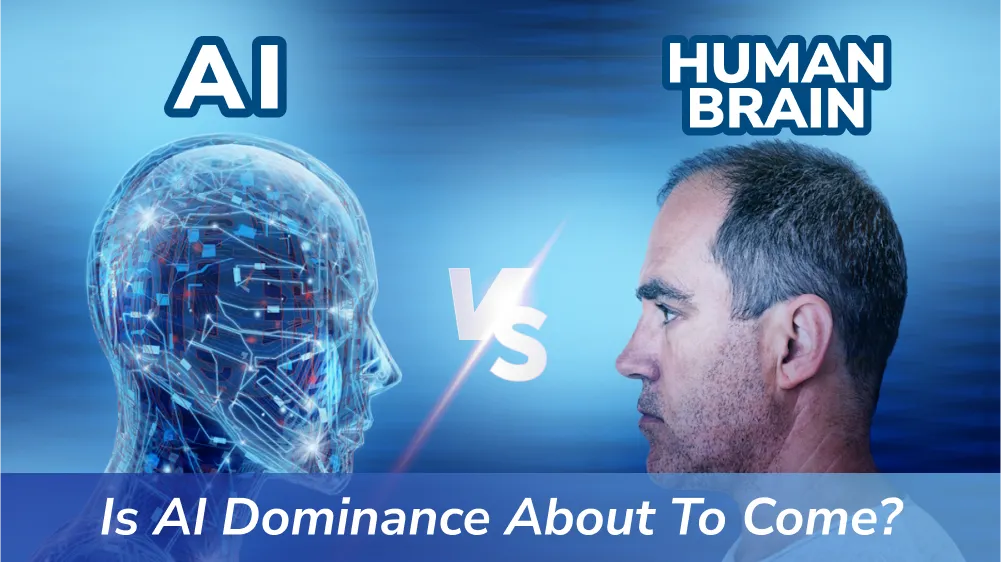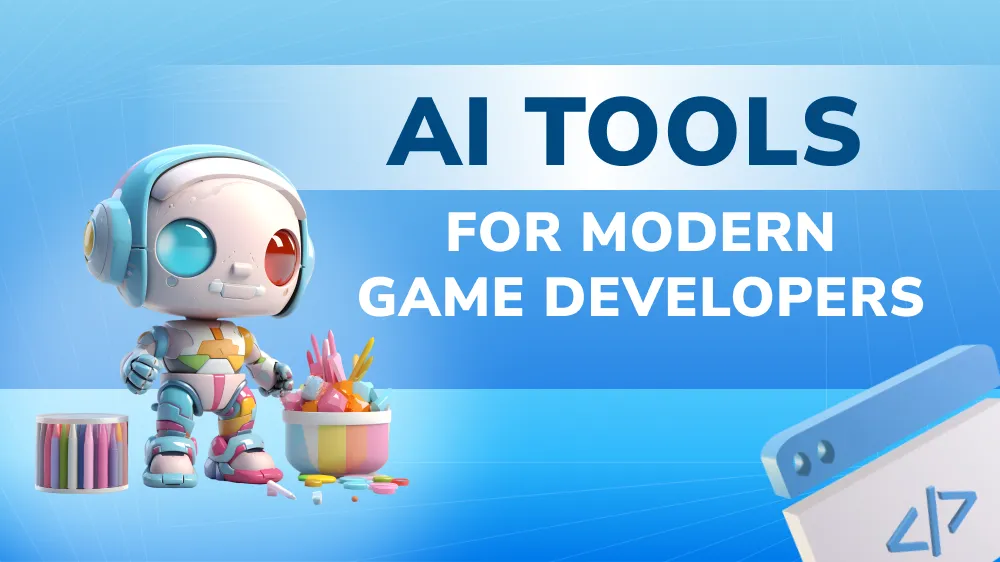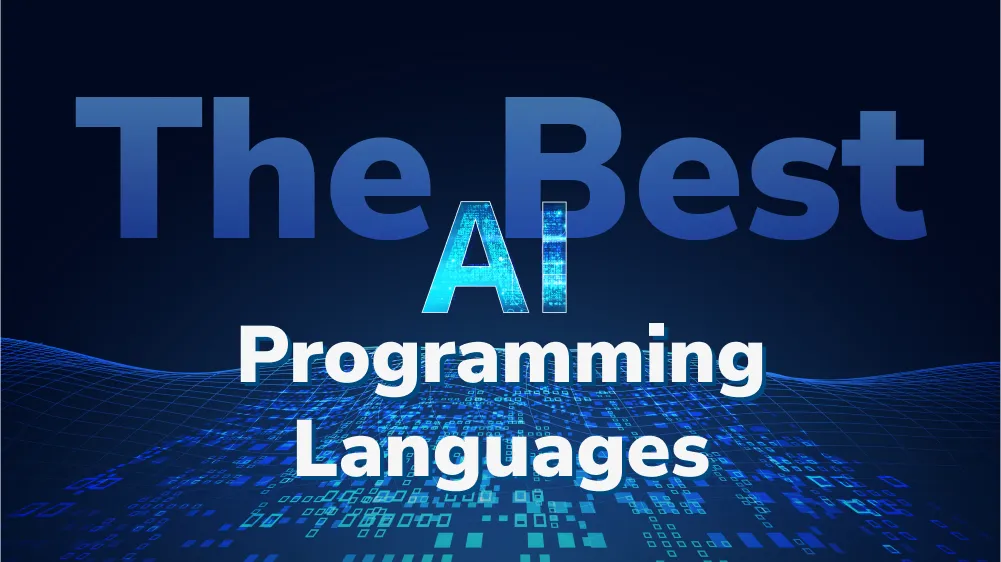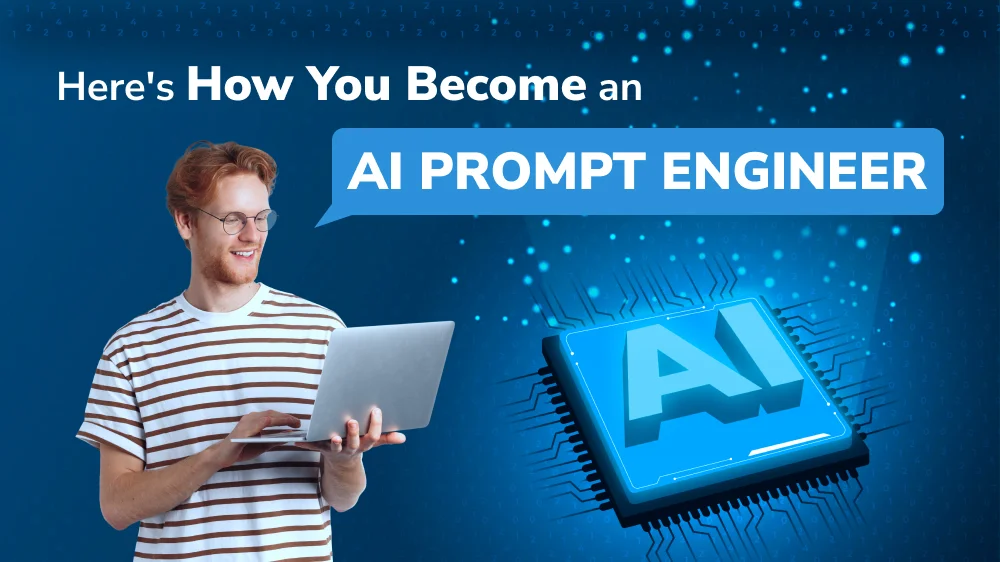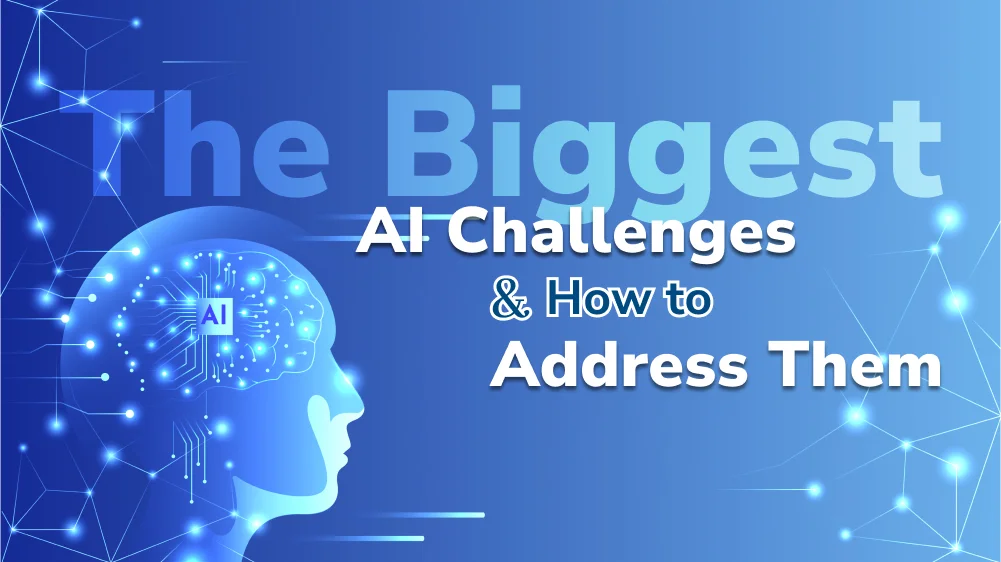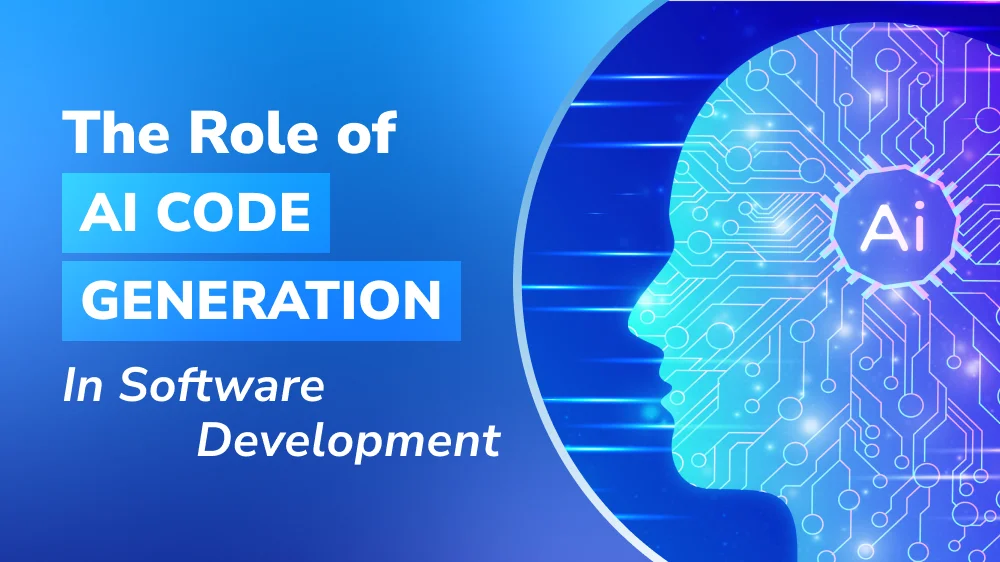Should Your Business Adopt AI in Software Development?
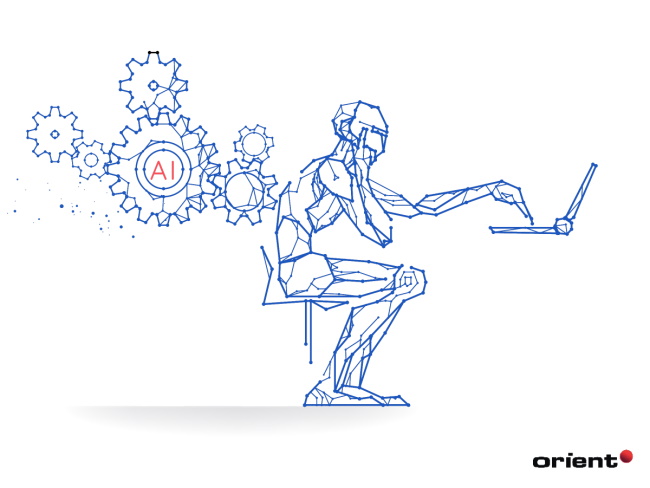
Content Map
More chaptersMore and more companies are adopting AI technologies and seeing improvements in their earnings and cost savings. The global AI market reached USD 93.5 billion in 2021 and will expand at a growth rate of 38.1% annually by 2030. This promises some impressive growth opportunities. Among the top use cases are AI enhancements of products and AI-based product creation. This is an encouraging sign if you’re thinking about applying AI to your software development process.
While AI technologies have not promised to significantly reduce software development costs, they offer ways to achieve higher quality software. Companies are optimistic about AI’s prospects and will increase their investments. Is your company ready to jump on the bandwagon? How do you join this unstoppable trend and make the best use of artificial intelligence in software development? Let’s explore some AI capabilities to see if it is worth the next major investment for your company.
Why AI Software Requires Substantial Investments
Like the mobile technology of the early 2000s, AI software benefits from a long line of innovations. This is a complex field because of its breadth, as AI is an umbrella term for machine learning and deep learning.
Machine learning is about training computational systems to recognize patterns, learn from new data, and produce models to make predictions. More advanced than machine learning, deep learning requires more and better data in the form of neural networks, which also generate deep learning models that enable better predictions.
How can these models improve software development? Machine learning models are incorporated into the conventional software development process to create AI-based software. Such adoption requires substantial investment because of the tremendous resources necessary to work with big data.
Since data is the fuel that trains and powers AI technologies, AI is closely linked with Data Science. Data science collects, organizes, and analyzes data into datasets. Then machine learning algorithms are run on the datasets to create machine learning models. As these models constantly update themselves with new data, they train the AI systems to perform complex tasks by learning the patterns recognized in the datasets.
This process is capital-intensive. Here are the possible investments you need to integrate AI into your organization:
- A data scientist to collect, organize, analyze, and label ginormous datasets.
- A machine learning engineer to write algorithms that make predictions for specific use cases.
- Your IT personnel to be trained in dealing with big data and machine learning frameworks.
- Your IT infrastructure to set up ample and secure cloud platforms to collect and store the data without hogging the resources from everyday operations.
- Your teams also need to keep up-to-date with current AI research because of the constantly evolving knowledge in this field.
A large part of these investments is experimental. Clear-cut returns can’t be guaranteed, and be ready for surprising insights revealed from data analytics. Capital-rich companies are dominating this field for this reason. They have an established technological condition to enable a layer of AI functionality on top; they also possess the high risk tolerance to wait for long-term results. Is it worth advancing with AI? Read on to find out if AI solutions have enough promise to earn a place on your budget.
The Brilliant Capabilities of AI Software
How different is AI software from your conventional software? Comparing conventional software to AI software is like comparing the old chunky mobile phone with a keypad to the sleek touch-screen smartphone - the smartphone is still recognizable and could do much more than the older technology. Similarly, conventional software is static - it works as programmed by a human being. Meanwhile, AI software evolves over time with much less human intervention. The table below shows the nuances in their differences.
| Conventional software | AI-based software |
|---|---|
| Programmed to perform tasks | programmed to learn to perform tasks |
| Does not learn. Perform as it’s programmed to do. | Learns as it performs |
| Remains as is unless updated by humans. | Updates itself with new data in a feedback loop. |
| Doesn’t degrade. | Degrades as it updates itself with new data, so the data needs continuous monitoring and retraining. |
| Code is the basic element. | Data is the basic element. |
| Does not consume too much storage, hence may work without the cloud. | Consumes lots of storage. Needs the cloud. |
AI software is ‘smarter’ than conventional software because it can learn and automatically applies new ‘knowledge’ to improve performance. Hence AI has been compared to the human brain. There are two levels of AI ‘smartness’. First, weak AI (or narrow AI) is best for repetitive, highly precise tasks - the kind of tasks that our human brains may find boring and make many mistakes. You may be familiar with the popular applications of narrow AI - such as Roomba, the floor cleaning robot, and Alexa, the home assistant. Despite the name, weak AI is a safer investment opportunity because you can strike a balance between innovation and budget. The technology is not too experimental to burn through your funding, but innovative enough to generate customer demand and revenue.
More advanced than narrow AI is Artificial General Intelligence (AGI). It is the machine intelligence that closely simulates human intelligence that many AI researchers are aiming for. But so far, it has been mostly limited to research, with practical applications only possible decades later.
How is this relevant for decision-makers like you? You may want to follow the AGI initiatives whose work has ambitious goals while firmly grounded in science and engineering methodologies, such as these emerging AGI startups. They’re working on promising AGI solutions worth learning from.
AI Tools & Practices For Software Development
Until recently, AI has been a frontier research field. We are seeing an increasing number of AI tools that apply research results to solving practical problems. These AI tools enhance existing software and transform the development lifecycle. Here are some practical AI applications that you may want to consider for effective software development.
Google ML Kits
These are API integrations for mobile apps, ranging from video and image analysis to natural language processing. These AI tools can add the following capacities to your software:
- Recognize faces, handwritten texts and hand-drawn images when you draw on the screen, etc. These are common in note-taking apps, image apps, and document apps.
- Detect languages from a few words, translations, and generate reply suggestions in texting, and more. Common in translations, language learning, and messaging apps.
There remain limitations with these tools, mostly to do with data bias. For example, Google speech recognition often requires speakers to have a native accent. This isn’t useful for language learning apps where it’s impossible to expect users to have perfect pronunciation of the foreign language they’re learning.
AI Tools for Testing
Automation in testing is not new. It requires the QA tester to keep the automation suites updated with the software almost every release cycle. This is tedious and heavy work, prone to human errors when dealing with a large volume of additions. Thus, this stage has seen the broadest range of AI tools. Some of the most common ones are Testim, Functionize, and Applitools.
How do AI tools improve automated testing? First, the machine learning models need to be trained on your company’s dataset ranging from the codebase to documentation. Then, the models generate new test cases, check existing test cases, and generate the output or analyses. A QA tester needs to check the output to ensure it’s usable. This cycle repeats: the tool improves with new training data and regular use, thus potentially increasing the models’ accuracy and effectiveness. They could shorten testing from several days to a few hours.
AI Coders
AI coding engines can assist developers in writing codes, but they’re a long way from replacing human developers. Their capabilities include translating human language into codes (but only for English), writing better code syntax, and generating codes to solve complex coding problems. While these AII coders are still in the experimental phase, they’re learning fast and promising to become a powerful supporting tool to make coding easier and more accessible.
Machine Learning DevOps (MLOps)
One step further than implementing AI tools into separate stages of the development lifecycle, Machine learning DevOps (MLOps) provides an end-to-end framework for AI software development. By automating the deployment of machine learning models into DevOps, MLOps is a significant advance from the traditional software development process. The benefits of MLOps are two-fold:
- It improves the overall quality of software development: faster speed, higher efficiency, better collaboration between teams, and increased responsiveness to user feedback.
- It improves the quality of your machine learning models, priming them for other cases of deployment.
MLOps requires a hybrid team of data scientists, machine learning researchers, and software developers. The data scientists and ML researchers are more interested in the data and the machine learning algorithms, both of which create the machine learning models. Software developers would rather focus on how to use them to raise software performance. MLOps streamlines the process that allows such collaboration to succeed.
MLOps extends the practices of DevOps to include ML processes. Integration and deployment are no longer just about the codes, components, and software package, but also about the data, parameters, models, and an automatic system (an ML training pipeline). Something unique to MLOps - continuous testing - automatically retrains and improves the effectiveness of the models. While DevOps’ priority is on coding software that performs well, MLOps focuses on training the models to learn to perform better. Check out the MLOps best practices to make the best use of this experimental development practice.
Several open-source machine learning frameworks accelerate the process from building and training machine learning models to production deployment. Examples are Tensorflow (backed by Google), MXNet (chosen by Amazon), and PyTorch (developed by Meta). Packed with tools, libraries, and community support, these frameworks assist developers in experimenting and deploying ML models into AI software development.
Artificial Intelligence for Software Development: Is Your Company Ready?
AI adoption is a significant change, and change is hard. It could be particularly challenging to make such decisions when there is so much interest and burgeoning competition around a major development - the fear of missing out could be stressful for decision-makers. Is your company ready to adopt AI in software development?
Ojasvi Nath of Spiceworks asserts that no matter your company size, the time to bring in AI is now, and “avoiding it is not a viable option.” Even so, how can you justify the heavy investment and fundamental changes that come with it?
It’s best to get a free consultation with an AI expert to discuss your strategies, but until then, you can gauge the urgency of ushering in an AI transformation for your business. Here are some questions to help you with that.
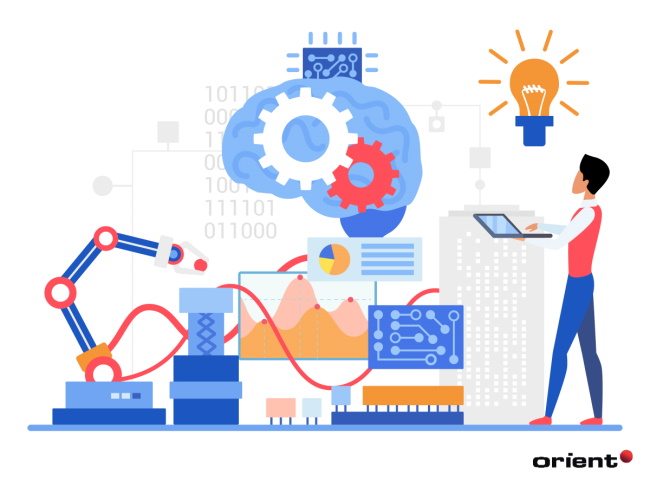
Do You Have a Challenge That Can’t Be Overcome Effectively in Any Way Other Than Manually?
Consider a software challenge costing you much man-hour but still affecting your software’s performance or limiting its capabilities. If your developers have not been able to find satisfactory solutions from the existing technological stack, then it may be time to explore AI possibilities.
The range of AI use cases is getting more extensive and more sophisticated. Among the seven patterns in AI below, which one do your software developers urgently need to beat the competition?
- Hyper-personalization: includes personalized recommendations, customer engagement, and accurate individual profiling.
- Autonomous systems: removing the need for manual labor, such as autonomous navigation, documentation generation, and automating business processes.
- Predictive analytics and decision support: using past patterns to help humans make better decisions, such as predicting behaviors, assisted problem solving, and identifying matches in data.
- Conversational/human interactions: not just talking to chatbots and voice assistants, but also teaching the robots to identify human intents with mood analysis.
- Patterns and anomalies: AIOps automates some IT functions such as detecting unusual events and root causes, managing alerts, predicting problems, and enabling quick resolutions.
- Recognition systems: recognition of faces, images, objects, audio, handwriting, and gestures.
- Goal-driven systems: most often found in gaming, it’s applied to find the optimal solution to a problem, such as resource optimization and auctions.
Do You Have The Technical Prerequisites to Adopt AI?
This includes data infrastructure (connected devices that gather data, a system to manage data), ample cloud storage, and strong cybersecurity. Most importantly, you need people with AI skills. An AI software development team consists of a data scientist, a machine learning researcher, DevOps engineers and other related roles, all of whom are willing to upgrade with MLOps. How to hire, train, and retain these in-demand talent will be part of your HR strategy. Alternatively, consider an outsourcing partner with a strong AI track record to manage the transition until you can build your internal AI capability.
Are Your People Comfortable With Upgrading Their Qualifications With Advanced and Experimental Skills?
Despite being the hype, AI is a pioneering field where flexibility, comfort with uncertainty, and an open mind are crucial for making progress. Your staff needs to shift their thinking from codes to data, performance to model. They need to be open to ‘not knowing’, since ML models are black boxes that convert input into output without our complete understanding of how it works. This also applies to hiring AI-skilled staff and facilitating collaboration between them and software developers in new workflows.
Are You Optimistic for Technological Change?
Adopting new advanced technology is the action of optimists. Is this who you are as a leader? Of course, you should carefully consider the challenges and learn as much as possible. But after that, still thinking AI is worth your resources? Here are some of the best outcomes of implementing AI technologies:
- Unlock previously untapped sources of revenue
- Save time
- Reduce cost by creating more efficient workflows
- Leverage data analytics for decision-making
- Improve customer experience
- Attract high-achieving IT talent with a forward-looking employer reputation
Ultimately, it depends on how important your software products are to your company’s future. The software development lifecycle is inherently complex - if existing processes have resulted in costly maintenance, faulty key features, damaging human errors, or any problems that can’t be solved with a clean human solution, then it may be time to consider AI in your following investment discussion.

